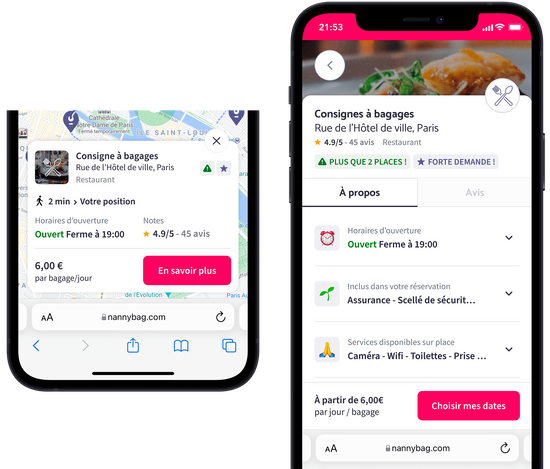A Complete Guide to Madrid Public Transport: Prices and Info
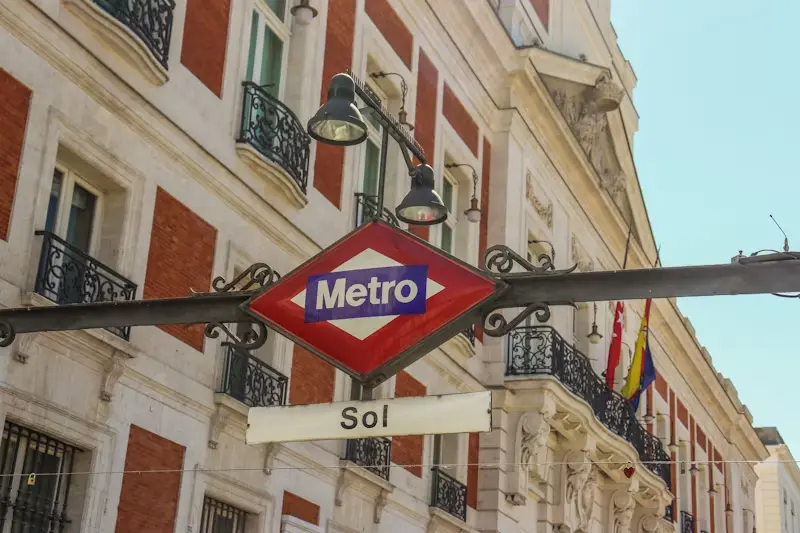
Navigating the vibrant city of Madrid can be a thrilling adventure for tourists and residents alike. With its extensive public transport system, getting around Madrid is convenient and cost-effective. Whether you’re looking to explore historic sites or travel from your hotel to one of Madrid's popular destinations, understanding the ins and outs of the Madrid public transport network is essential. This guide will provide you with all the necessary information, from metro lines to bus routes and pricing to special tourist passes, making your travel within the city as smooth as possible.
Before you begin your journey through Madrid, consider your luggage storage options. Nannybag provides a convenient luggage storage service. Located at crucial transit spots like Madrid Chamartín, it’s the perfect solution to store your bags as you explore. Safe, secure, and affordable, Nannybag allows you to enjoy Madrid without the extra weight, for a few hours or long term. Just look up luggage storage near me to find!
Understanding Madrid Public Transport
Card Types and Tickets
Madrid's public transport system offers a variety of card types and tickets to suit any traveler's needs:
- Single Ticket: Ideal for occasional trips, this ticket is valid for one journey on any metro or bus within the city. Prices vary based on the number of zones traveled but typically start from around €1.50.
- Madrid Travel City Pass and Tourist Travel Pass: These passes are necessary for tourists. The Madrid Travel City Pass gives unlimited public transport access and free entry to museums and attractions. The Tourist Travel Pass is available for durations from 1 to 7 days and covers all public transport networks in Madrid, including buses and the metro. Prices start from €8.40 for a one-day pass.
- Metro Lines: Madrid's metro operates 13 lines connecting all city corners. The lines are easy to navigate, and clear maps are available at every metro station.
- Bus Station: Major bus stations like Estación Sur connect Madrid to other Spanish cities and local neighborhoods. Buses are frequent and reliable, making them a popular choice for daily commuting.
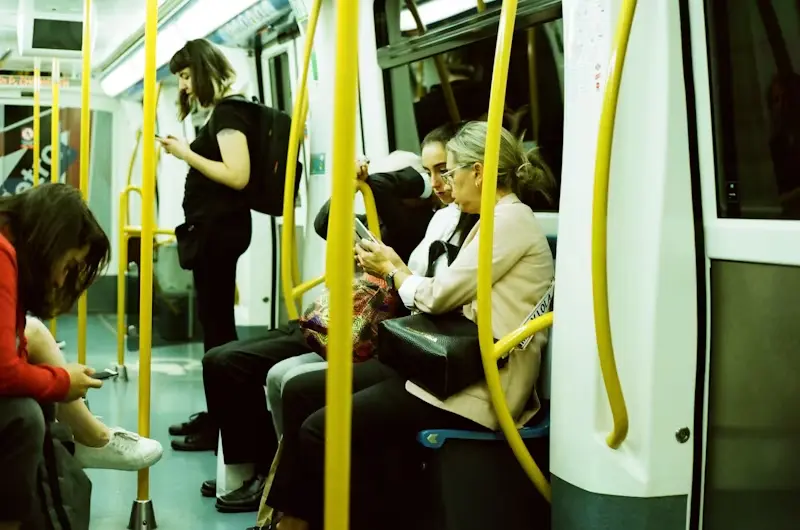
Getting Around Madrid
Metro Station
The Madrid Metro is one of the world's most extensive and efficient underground systems. Central metro stations like Sol, Atocha, and Nuevos Ministerios are critical hubs, connecting multiple lines that weave throughout the city and beyond. This makes the metro a preferred mode of transportation for locals and tourists.
Key Stations:
- Sol: Located at the heart of Madrid, this station is not only a central point for metro lines 1, 2, and 3, but also a crucial junction for regional trains and buses, providing access to many city attractions swiftly.
- Atocha: This station is adjacent to the significant Atocha Renfe train station, making it a vital node for those transferring between long-distance trains and the metro system. It’s beneficial for visitors coming from or going to the airport.
- Nuevos Ministerios: This station is a major transit point for metro lines 6, 8, and 10 and directly connects to the airport via line 8. It also integrates with local and regional bus routes, providing expansive access across Madrid.
Bus Routes
- Coverage: Madrid’s bus network complements the metro with over 200 routes, including efficient night service routes known as 'Búhos' (owls), which operate when the metro is closed.
- Night Buses: The Búhos maintain the city's connectivity after hours, ensuring the public transport system runs 24/7. These buses have routes that fan out from central points like Plaza de Cibeles, covering most city areas throughout the night.
Public Transport System
- Integrated System: Madrid's public transport ticketing system is integrated, meaning that a single ticket can allow you to use both buses and metros within its zones. This integration simplifies travel and is incredibly cost-effective and convenient for tourists.
- Zones and Tickets: The city is divided into zones, and transportation fares vary depending on how many zones you cross during your journey. Most tourist activities in central Madrid occur within Zone A, which includes most major attractions.
Practical Information
- Transport Ticket: Tickets can be purchased at metro stations, mobile apps, or bus stations. Rechargeable transport cards offer the best value if you stay more than a few days.
- Luggage Storage Service: In addition to Nannybag, several metro stations offer baggage storage facilities, ensuring your heavy bags don’t slow you down.
- Bag Storage and Baggage Storage: Essential for tourists who want to make the most of their day without returning to the hotel. Storage options are available at main transport hubs and some metro stations.
Tips for Using Madrid’s Public Transport
Madrid's public transportation system is renowned for its efficiency and extensive network that connects all city corners. To navigate the system like a local, consider these practical tips:
Planning
Efficient route planning can save time and make your travel around Madrid much smoother:
Use Apps: Leverage travel apps like Google Maps, Citymapper, or the official Madrid Metro app, which provide real-time updates, route options, and step-by-step navigation guidance. These tools are invaluable for finding your destination's quickest and easiest routes.
Plan Ahead: Before you travel, plan your route and familiarize yourself with the metro lines or bus routes you will take. Knowing which stations you will use can help avoid confusion and delays.
Check Timetables: Checking the timetables is especially important for buses and trains. It can help you avoid long waits at the station and ensure you don’t miss the last train or bus of the day.
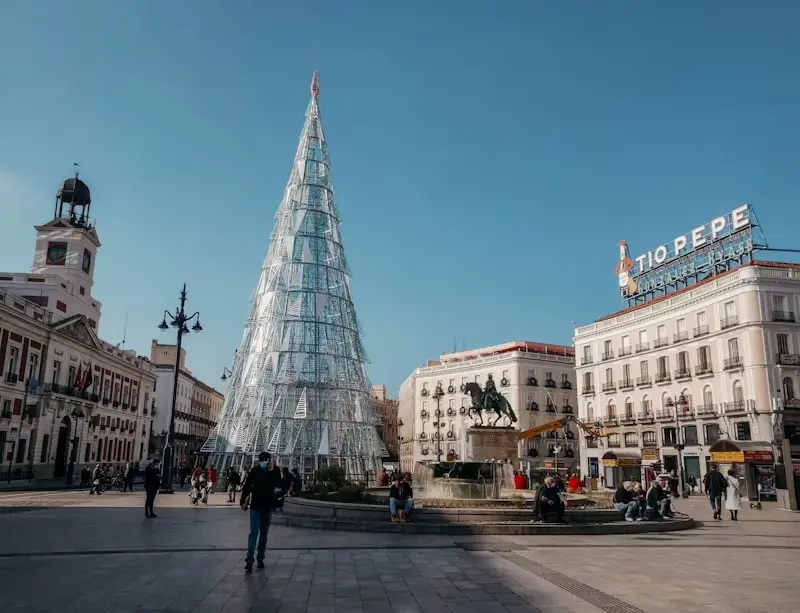
Safety
Madrid’s public transport is generally safe, but taking a few precautions can help ensure your security:
Watch Your Belongings: Keep a close eye on your items, particularly in crowded spaces such as Sol, Gran Vía, or Atocha, where pickpockets are more active.
Stay Alert: Be aware of your surroundings, especially if you travel late at night. Stay in well-lit areas and maintain a close watch on your bags.
Use Secure Backpacks: Consider using a backpack with secure zippers or locks, and always wear it on your front in crowded metro cars or buses.
Night Travel
Navigating Madrid after dark is easy, thanks to the city’s comprehensive night bus system:
Metro Hours: Most metro lines operate until 1:30 AM. Plan to complete any metro journeys by this time.
Night Buses (Búhos): These buses serve most city areas throughout the night, running from significant hubs like Cibeles and Plaza de la Independencia. They are a reliable alternative when the metro is closed.
Safety at Night: While generally safe, it’s advisable to travel in groups during late hours and keep to well-trafficked areas and main streets.
Accessibility
Madrid works hard to maintain accessibility in its public transport system, but there are still a few things to keep in mind:
Station Accessibility: Most metro stations have elevators and ramps marked clearly on metro maps. Check the Madrid Metro website or app for specific station information.
Bus Accessibility: All city buses are equipped with ramps and have designated spaces for wheelchairs.
Plan Your Route: Some older metro stations might only have partial accessibility. If possible, check your route beforehand to ensure all connections are accessible.
Additional Tips
Ticket Purchases: Buy tickets from machines at metro stations, which usually have English instructions available, or use contactless payment methods like a credit card or mobile pay services directly at the turnstile.
Tourist Pass: Consider purchasing a Tourist Travel Pass if you plan to use public transport frequently during your stay. It offers unlimited travel and can be a cost-effective option.
Cultural Etiquette: Allow elderly passengers or those in need to take seats first, and during busy times, try to move into the car to create space for others.
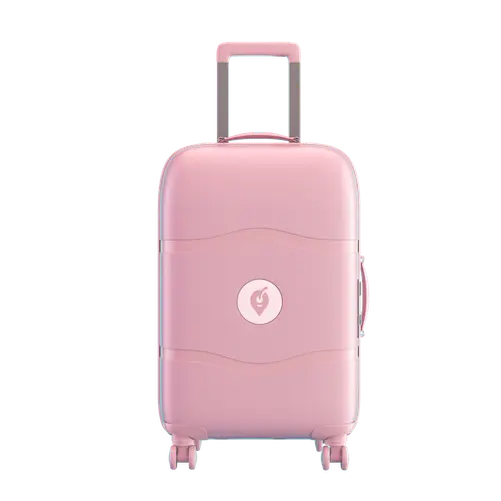
Say hello to exploring and goodbye to heavy bags!
What if you could enjoy every minute in the city without the burden of your bags?
- Safe luggage storage for a flat daily price of 4,50 €/luggage item
- Included luggage protection of up to €10000 in case of breakage, loss or theft
